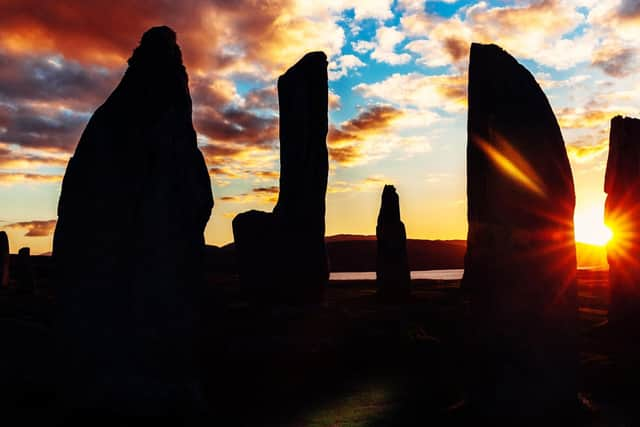Summer solstice: When is the longest day of the year in 2021? What date is the summer solstice in the UK, when is sunset, and how is midsummer celebrated?
and live on Freeview channel 276
The longest day of the year is upon us. Yes, we are almost halfway through 2021.
The summer solstice is the day we experience the most hours of daylight in the whole year.
Advertisement
Hide AdAdvertisement
Hide AdFrom here onwards, there will be less and less sunshine until we reach the winter solstice.


When is the summer solstice in 2021?
The longest day of 2021 will take place on Monday, June 21.
On that day in Edinburgh, Scots are forecast to have more than 17.5 hours of sunlight, with sunrise at 4.26am and sunset at 10.02pm.
Whereas in London there will be just over 16.5 hours of sunlight, with sunrise at 4.43am and sunset at 9.21pm.
And in contrast Shetland, the most northerly point of Scotland, will have sunrise at 3.38am and sunset at 10.33pm – almost 19 hours of light.
Advertisement
Hide AdAdvertisement
Hide AdThis is due to Scotland’s position in the north of Europe, closer to the North Pole which will have continuous sunlight on the solstice.
What is a solstice and why does it happen?
The summer solstice takes place when one of the Earth’s poles has its maximum tilt towards the sun, offering the longest period of daylight.
In the Northern Hemisphere, that is when the North Pole is tilted towards the sun.
In winter we tilt further away from the sun, and the winter solstice takes place when the North Pole is tilting its furthest away. The shortest day of the year will be December 21.
What are the traditions around the summer solstice?
Advertisement
Hide AdAdvertisement
Hide AdIn Scotland, the summer solstice is traditionally an important time as we celebrate the sunlight after months of darkness.
While in England people flock to Stonehenge, here we have our own sacred and spiritual sites.
The history of solstice celebrations can be traced to Orkney and Shetland, where there’s strong influence from Scandinavia where midsummer is an important event.
Torches and fire are used as a symbolic warding off of darkness and evil. Many historic celebrations revolved around warding off evil spirits and bringing good fortune to the harvest.
Advertisement
Hide AdAdvertisement
Hide AdNowadays, the traditions are kept alive by people visiting Neolithic sites and holding solstice festivals.
If you don’t have one nearby, why not climb a hill to watch the sunset?
A message from the Editor:
Thank you for reading this article. We're more reliant on your support than ever as the shift in consumer habits brought about by coronavirus impacts our advertisers.
If you haven't already, please consider supporting our trusted, fact-checked journalism by taking out a digital subscription.
Comment Guidelines
National World encourages reader discussion on our stories. User feedback, insights and back-and-forth exchanges add a rich layer of context to reporting. Please review our Community Guidelines before commenting.
